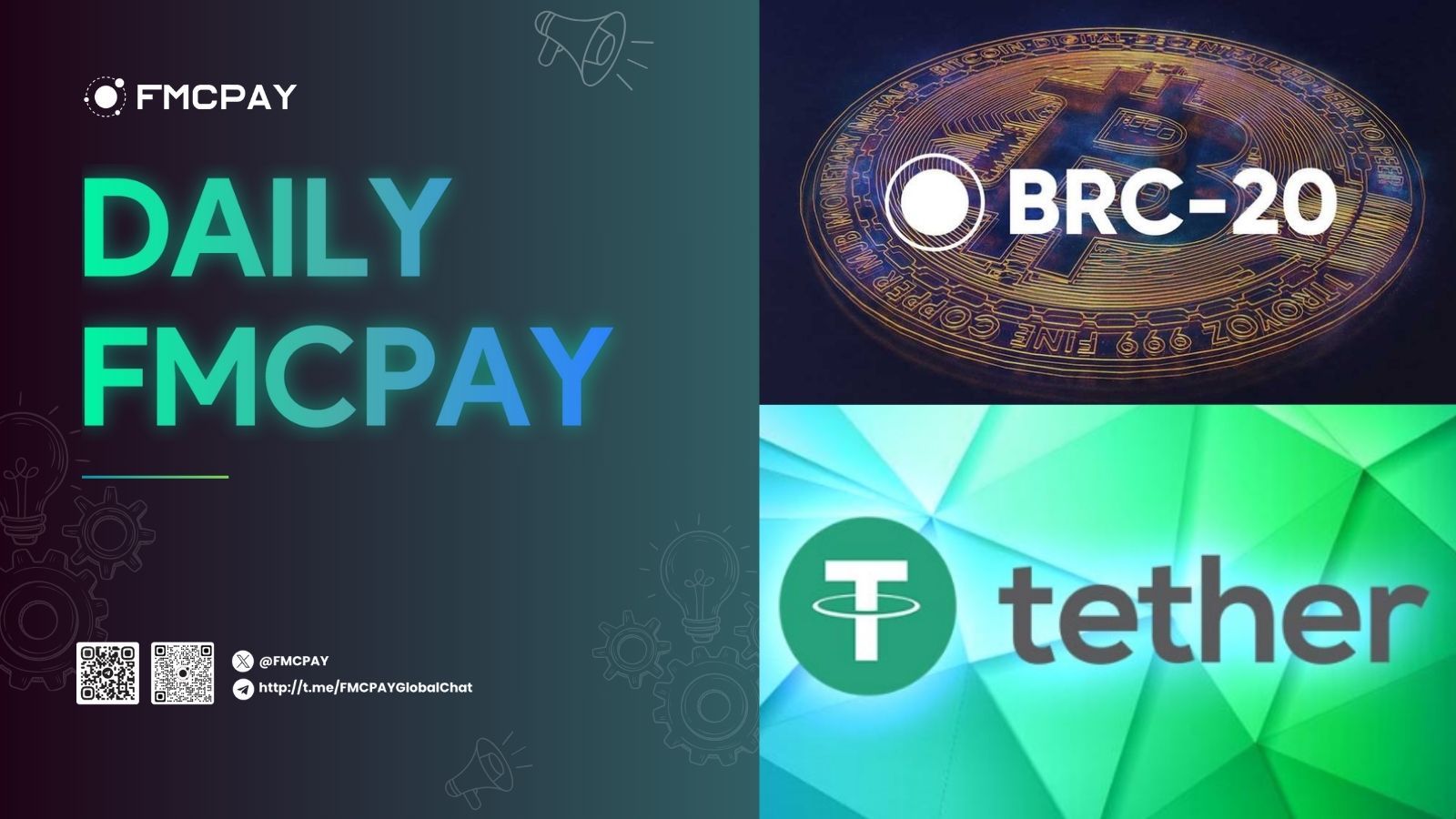BRC-20 tokens saw a sharp decline as investor focus shifted toward Bitcoin Runes, which are also at risk of a major correction.
The two leading BRC-20 tokens experienced declines of over 40% on the weekly chart, just days before the Bitcoin halving. Meanwhile, traders are turning their attention to Bitcoin Runes, a novel token standard on the Bitcoin network designed to simplify the creation of fungible tokens.
ORDI and SATS down over 40% ahead of the halving
The two leading BRC-20 tokens, Ordinals (ORDI) and Sats (SATS), experienced significant declines. ORDI fell by over 42%, while SATS dropped by over 45% over the week, based on data from CoinMarketCap.

Furthermore, sales of BRC-20 tokens have seen a downturn. PUPS BRC-20 sales decreased by 30% in the past 24 hours to $1.4 million, while WZRD BRC-20 sales plummeted by 63% to $1.1 million, according to NFT data aggregator CryptoSlam.
Conversely, the daily sales volume of RUNE BRC-20 tokens surged by over 4,500% to $251,000, indicating a shift in trader focus towards Bitcoin Runes.
During the past week, PUPS BRC-20 and WZRD BRC-20 tokens ranked as the second and third-largest collections by sales volume across all blockchains, respectively. PUPS accumulated over $41 billion in sales volume, while WZRD amassed $16.3 million in weekly sales, according to CryptoSlam.

The surge of interest in Bitcoin Runes, a new protocol for issuing fungible tokens on the Bitcoin network, can be attributed to its upcoming launch, which is set to go live with the Bitcoin halving later this week.
Despite the surging interest, the real market opportunity for Runes may only come months after the first wave of investor hype subsides, according to the pseudonymous, decentralized finance (DeFi) researcher Ignas, who wrote in an April 17 X post:
“Runestone, RSIC, and PUPS are already pumping, promising holders shiny new Rune token airdrops. And FOMO threads keep coming. But, like the NFT frenzy post-JPEG reveal, the market could soon cool off.”
Rune price in danger after Bitcoin halving
Rune prices could face significant downward pressure post-halving, as they may not immediately enhance the trading experience of BRC-20 tokens. Additionally, smaller traders may find themselves priced out due to the escalating Bitcoin transaction fees, as highlighted by the pseudonymous researcher.

According to Ignas, hundreds of Runes may potentially flood the market, leading to a dispersion of trader attention and capital influx. Alongside the initial lack of utility associated with Runes, these factors are expected to relegate them to a trading landscape resembling that of memecoins, as stated by the pseudonymous researcher:
“In terms of utility, Runes are likely to trade similarly to memecoins like BRC-20s, at least initially, causing the novelty excitement to diminish. This trend could escalate if no rune token manages to sustain its initial surge, resulting in speculative traders experiencing losses.”
Nevertheless, there is optimism for the long-term prospects of Runes, with Ignas highlighting the potential for gradual expansion in functionality.
The Internet Computer Protocol (ICP) is in the process of integrating Runes, enabling ICP smart contracts to directly engage with Runes and BRC-20 tokens on Bitcoin’s base layer. This integration is poised to unlock a plethora of new opportunities for token holders.
ICP’s endeavors form part of a burgeoning paradigm known as Bitcoin decentralized finance (BTCFi) or BTCFi, which seeks to enhance the utility of BTC and Bitcoin-native assets.
Tether announced a reorganization to expand into other areas besides stablecoins.
Tether has unveiled plans to restructure its organization into four distinct divisions, signaling a strategic shift towards broader involvement in the web3 sector beyond stablecoins. The announcement, outlined in a press release, underscores Tether’s ambition to bolster its presence in the rapidly evolving web3 industry.
The reorganized structure will comprise four key divisions:
- Tether Data: Responsible for strategic investments in technology.
- Tether Finance: Dedicated to digital asset services.
- Tether Power: Tasked with overseeing the mining sector and managing the company’s energy capacity.
- Tether Edu: Focused on developing educational products.
These divisions represent a comprehensive approach aimed at facilitating Tether’s expansion and engagement across various facets of the web3 landscape.
“We disrupted the traditional financial landscape with the world’s first and most trusted stablecoin. Now, we’re daring to kickstart inclusive infrastructure solutions, dismantling traditional systems for fairness.”
In a separate post, the company’s CEO noted that USDT’s capitalization exceeded $109 billion over its 10 years of existence.
Tether $USDt has become, within only a 10 years lifespan, the financial and payment backbone of entire communities in developing countries.
– $USDt just crossed 109B market cap.
– Tether is one of the biggest holders of US treasury bills in the world, among top 20 countries (if… https://t.co/R5XQwmLQT7— Paolo Ardoino 🍐 (@paoloardoino) April 18, 2024
Ardoino emphasized that Tether ranks among the foremost holders of U.S. Treasury bills, underscoring the company’s robust financial position. Additionally, he unveiled tether.io, a dedicated website aimed at showcasing the firm’s latest business initiatives.
Furthermore, Tether has embarked on a strategic foray into the artificial intelligence sector, signaling its commitment to diversifying its portfolio. Moreover, the company has introduced an asset recovery tool, enabling seamless transfer of USDT between blockchains in the event of network failures, ensuring uninterrupted accessibility and usability.

